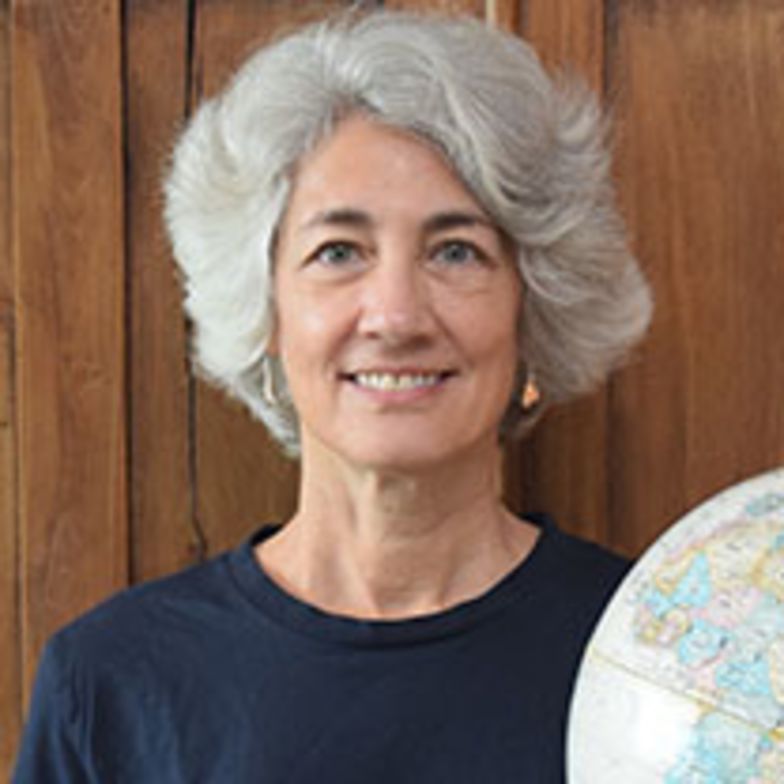Confronting Climate Change
Electricity
Electricity
The power sector is also especially vulnerable to the impacts of climate change: hurricanes, wildfires, and sea level rise pose immense risks for the reliable delivery of electricity. As one example, restoring electric power in Puerto Rico following Hurricane Maria took nearly one year and cost an estimated $3 billion, and climate change is expected to increase the frequency and intensity of hurricanes. [19] Power suppliers are also subject to risks and opportunities from regulations that address climate change, such as those imposed in Europe and New England that have set limits on CO2 emissions.
Challenge
One of the biggest shifts needed to respond to climate change is rapidly transitioning from fossil fuel-based electricity generation (coal, natural gas, oil) to power sources like solar, wind, hydropower, and nuclear that emit far less or even no greenhouse gases.
Yet 20% of the world’s population currently lives without access to electricity [21], and meeting their needs and the growing global demand for electricity—while simultaneously reducing emissions from electricity production—will require major changes in this vital sector of the economy.
Electricity Generation Mix, 2020 and 2050
Growing worldwide demand for electricity, combined with the need to limit warming to 1.5° C by 2050, create huge potential growth for alternatives to fossil fuels, especially renewables.

Innovation
There is massive market potential for renewable energy, nuclear energy, as well as carbon capture and storage from fossil fuel power stations. With significant cost declines in recent years, solar and wind have become cost competitive with fossil fuels in many places. In addition, hydropower, wave, geothermal, and biomass technologies have potential in some regions.
Some renewables generate electricity only intermittently, and thus require battery storage to provide power reliably. Innovations are needed for grid flexibility and improved demand-response technologies. [24] These opportunities have huge potential to reduce the emissions that cause climate change.
Spotlights

Diana Rivera & Michael Skelly

Moses Esema

Molly Middaugh

Taylor Leyden

Joseph Lassiter

Nora Hennings

Tanuj Deora

Manuela Kayath

Stephen Renter & Raviraj Jain

Kate Wattson Wagle

Rick Needham

Jim Matheson

Gina Hall

Alex Edison

Sarah Wright

Nisha Desai

Liqian Ma

Valerie Grant

Trevor Hill

Alla Jezmir

Nathan Nemon
-
- “Electricity Generation Sector Summary,” Project Drawdown, 2019, accessed October 7, 2019.
-
- Emily Sullivan, “Nearly A Year After Maria, Puerto Rico Officials Claim Power Is Totally Restored,” NPR, August 15, 2018.
-
- “Paths to Power: Big Oils and Utilities’ Diverging Strategies for Energy Convergence,” The Goldman Sachs Groups, July 10, 2019.
-
- “Access to Electricity (% of population),” The World Bank, 2019, accessed September 8, 2019.
-
- Scott Nyquist, “Energy 2050: Insights from the Ground Up,” McKinsey, November 2019.
-
- Adapted from “Special Report: Global Warming of 1.5° C,” Intergovernmental Panel on Climate Change (IPCC), 2018, accessed October 8, 2019.
-
- “Electricity Generation Sector Summary,” Project Drawdown, 2019, accessed September 8, 2019.





















